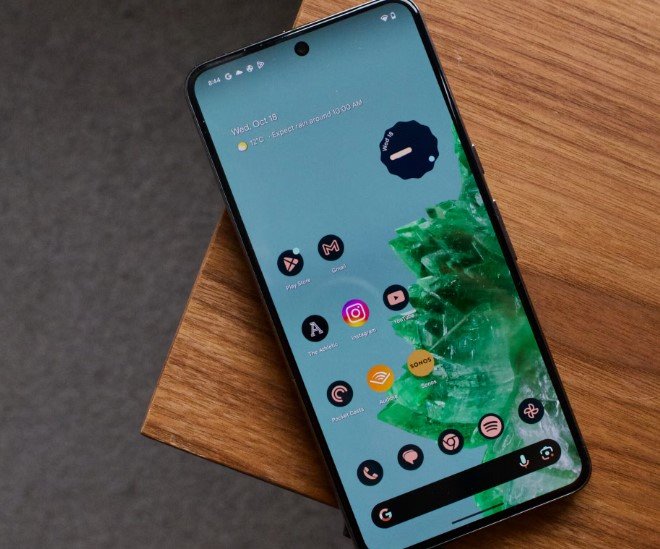Google has started scanning your photos. Quietly. Billions of Android users are now caught in the middle of a privacy debate they didn’t ask for—and in many cases, didn’t even notice starting.
It’s not an overstatement to say this marks a shift. Not just for how we handle tech, but how tech handles us.
AI Blurs the Line—Literally and Figuratively
Google has introduced a new feature that automatically scans and blurs “sensitive content” in its Messages app. The feature is powered by a behind-the-scenes system called SafetyCore, which enables photo classification directly on the device using AI. This is where things get murky.
According to 9to5Google, the feature currently targets nude images, warning users about potential harm and offering options to block senders or view content. It’s part safety net, part filter—but it’s also something more.
This update wasn’t just a new feature—it was the trigger.
Suddenly, Android’s 3 billion users were part of something they didn’t fully understand. Because even though this scanning is done locally and claims no data gets sent back to Google, it still pokes at the ever-present question: who gets to decide what’s seen or hidden?

Google’s SafetyCore: Harmless Framework or Watchdog-in-Waiting?
Back when SafetyCore quietly landed on Android devices last year, it barely made a ripple. Google said it was just a framework, harmless on its own. Nothing to worry about.
GrapheneOS—a security-focused Android offshoot—also vouched for it. The team confirmed SafetyCore doesn’t report anything back to Google or anyone else. It’s just local machine learning, doing its job.
But intent aside, it’s the principle that matters here. Features like this can expand. Slowly. And when they do, they often stretch the definition of “optional.”
What Exactly Is Being Scanned, And Who Decides?
Right now, the scanning is limited to Google Messages. But the underlying infrastructure is already baked into Android—meaning other apps can tap into it.
Here’s what we know so far:
-
Scanning is done on the device. No photos or content are sent to Google servers.
-
Classification happens through built-in AI models focused on spam, nudity, scams, and possibly more in the future.
-
Users are warned before viewing blurred “sensitive” content and can opt to view or block.
-
It’s all opt-in… for now.
But “opt-in” can become “default” over time, especially when framed as protection.
And that’s where people start to worry. Because while no one wants explicit spam or harmful images, many don’t trust tech giants to draw those lines fairly—especially behind closed doors.
A Slippery Slope With a Familiar Pattern
Apple once planned to roll out a similar on-device scanning system to detect child sexual abuse material (CSAM). The backlash was swift. The fear was simple: today it’s for CSAM, tomorrow it’s for anything Apple—or law enforcement—deems suspicious.
Google appears to be learning from that firestorm by starting smaller and quieter. No mass announcement. Just a new blur feature in one app. But SafetyCore’s existence means other apps might follow suit, with or without much fanfare.
The Bigger Picture: Privacy, Consent, and Trust
This isn’t just a story about blurring images. It’s about trust in platforms that already hold an enormous slice of our lives.
Most users weren’t told about SafetyCore’s arrival. There wasn’t a prompt explaining what it does or what it means for your privacy. It just… appeared. Sitting there, waiting to be activated.
This approach sidesteps public scrutiny. It avoids big headlines. It gets the tech in place first—then uses features like “sensitive content blurring” to normalize it.
Here’s the heart of it: even if the scanning is safe, local, and private, the lack of transparency erodes trust. And once that’s gone, good intentions don’t matter much.
Is This Safety, Or Is This Control?
The conversation happening now mirrors debates around online moderation, AI censorship, and government surveillance.
Some will say: “It’s just a blur feature—what’s the big deal?”
Privacy isn’t just about what is collected. It’s about what systems are allowed to exist—and whether people actually agreed to them.
And that’s the problem with Google’s rollout here. It wasn’t a discussion. It wasn’t even a choice for most users.








